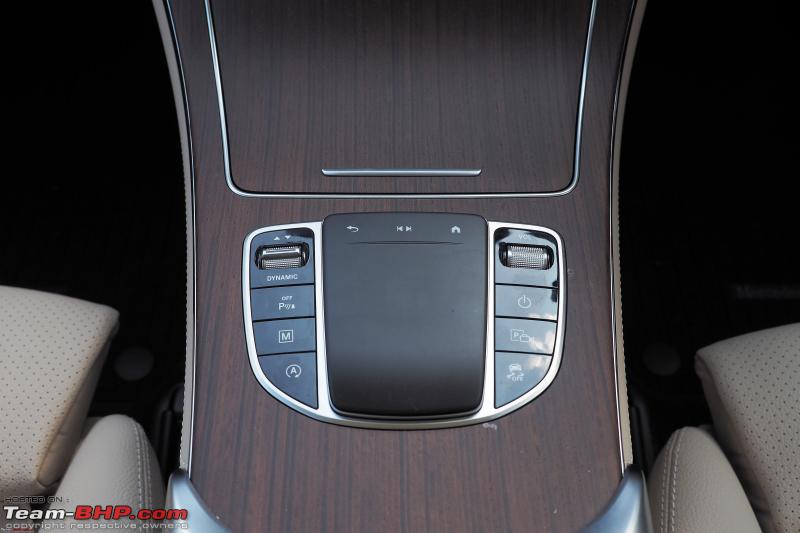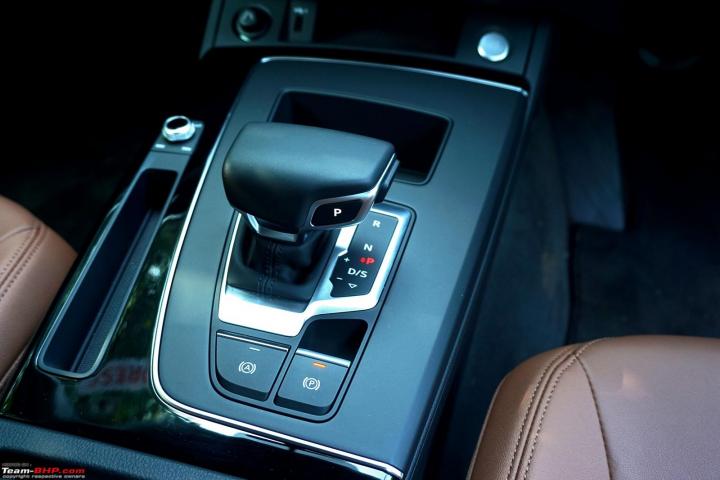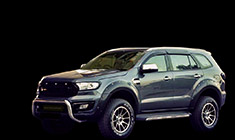News
Annoyed at the different AT gearbox behaviour of different car brands
Automatics are gaining popularity in India and standardising the behaviour is important as it will make it easier for drivers
BHPian Aditya recently shared this with other enthusiasts.
Carmakers from all over the globe use automatic gearboxes in their vehicles. Some use transmissions from the same supplier, while some don’t. What they do not do is standardise the behaviour of the automatic transmissions.
Each gearbox acts differently. This can get annoying as one might be used to a certain kind of behaviour. Automatics are gaining popularity in India and standardising the behaviour is important as it will make it easier for drivers to shift between cars without having to spend any time learning the behaviour of the gearbox.
Here are some examples of different behaviour of automatic transmissions in different cars.
1. We like BMW’s implementation of the ZF box the best. When the paddle shifter is used, it shifts to manual mode. You can keep using the paddles to enjoy a manual shifting experience. However, if you do not touch them for a certain period of time, the transmission will move back to full automatic mode on its own – very convenient indeed. That said, if the paddles are used in Sport mode, it will stay in manual mode till the driver shifts back to automatic mode. 
2. In the new Hyundai Creta, just like the BMW, the automatic transmission can put in manual mode by using the paddle shifters. Its DCT has a Sport mode as well. However, unlike the BMW, the Creta’s gearbox won’t shift back to the fully automatic mode even in the regular D mode if the paddles are not used. It will stick to the manual mode. 
3. The Toyota Fortuner’s gearbox restricts top gear in manual and sport modes. Like in older ATs, the MID in the Toyotas denotes the max gear you are allowed to shift up to. That will be the topmost gear that the car will drive in. You can similarly choose to restrict the AT to 3rd; drive at 4,500 rpm all day long and the box won't upshift.
4. The previous-gen Mercedes GLC class had paddle shifters and a sport mode. When you used the paddles, you would briefly engage a manual mode. However, even in the sport mode, the gearbox switched back to full automatic in a very short period of time. The car's sport mode wasn't exactly exciting in the first place and in the manner that the gearbox shifted back to automatic, it made the transmission's behaviour annoying. The car got a dedicated M mode. To engage it, you needed to press a button on the center console. This was the only way you could drive the GLC with manual control of the gearbox.
5. The old Honda Civic had paddle shifters, but they would not work in the regular D mode. Pulling one of the paddles would have no effect and would leave drivers confused. You had to be in Sport mode to get the paddle shifters to work.
6. DSG gearboxes have a tendency to shift up from the first to second cog very quickly. However, they will not shift down till very late compared to a torque converter, which can be annoying.
7. In the Jeep Compass, the first gear is used for rock crawling. On a regular drive, the car will start in the second gear.
8. CVT gearboxes in certain Honda and Toyota cars have a fake jerk when the paddle shifters are used. In a CVT, the drive should be smooth with no jerks felt. 
So, will all manufacturers please decide on standard Automatic Transmission behaviour?
Here's what BHPian vattyboy had to say on the matter:
I have no problem with this.
Any driver will just need to drive 500-1000 km to get used to both gearboxes. My CLA and Creta are both ATs. The CLA has DCT while the Creta has TC. When I bought the Creta, it only took me a few hundred kilometres to understand the difference in behaviour between the two, and now I can drive both cars effortlessly.
Here's what BHPian It's Magic had to say on the matter:
Is it necessary? If yes, how much of a difference does it make for the average customer?
I don't think many customers will be driving multiple automatic vehicles from different manufacturers during the same period. Regardless of which automatic vehicle, they are driving earlier, I believe they will adjust to a new one within approximately 100 kms or a few days. I also think that you would drive a new car cautiously regardless of whether it's yours or someone else's, such as a friend's or relative's car. Therefore, I don't believe that standardising the behaviour of automatic transmissions will have a significant impact on individual customers.
Here's what BHPian dhanushs had to say on the matter:
This is a very good point.
However, since this is not a functional safety element like the ABS behaviour, there are no norms. Just like how companies define how different engines will behave under different loads and conditions and how different suspension setups behave, here too, each company will follow the logic that they think is the best for the intended purpose.
Unless someone comes out with a groundbreaking change and it becomes a differentiating point in sales, I think the situation is going to remain like this.
Here's what BHPian rayjaycleoful had to say on the matter:
I think 99% of the people who are driving in automatics put it in D and forget about everything else.
The remaining 1% of enthusiasts/ non-enthusiast drivers taking new cars to the hills are usually quick to figure out the differences in each car.
Also, I am pretty sure that:
- Cretas equipped with paddle shifters go back to fully automatic when the paddle shifter activity doesn't happen for about 30-40s seconds in D
- Erstwhile Civic allowed paddle shifts in D
Instead of "Annoyed at the different AT gearbox behaviour of different car brands" I think it should be "How to enter the manual mode of different AT cars in India".... because this is like saying "Clutch in Ignis is light but in Fortuner is heavy"
Check out BHPian comments for more insights and information.


















